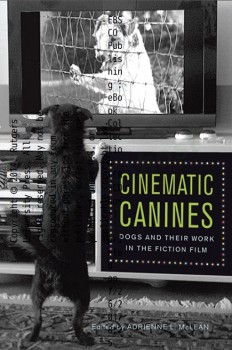Between Stage and Screen: Ingmar Bergman Directs
Ingmar Bergman is worldwide known as a film and stage director. Yet no-one has attempted to compare his stage and screen activities. In Between stage and screen Egil Törnqvist examines formal and thematical correspondences and differences between a number of Bergman’s stage, screen, and radio productions. In the prologue Bergman’s spiritual and aesthetic heritage and his position in the twentieth century media landscape is outlined. In the epilogue the question is answered to what extent one can speak of Bergman’s directorial ‘method’ irrespective of the chosen medium.




